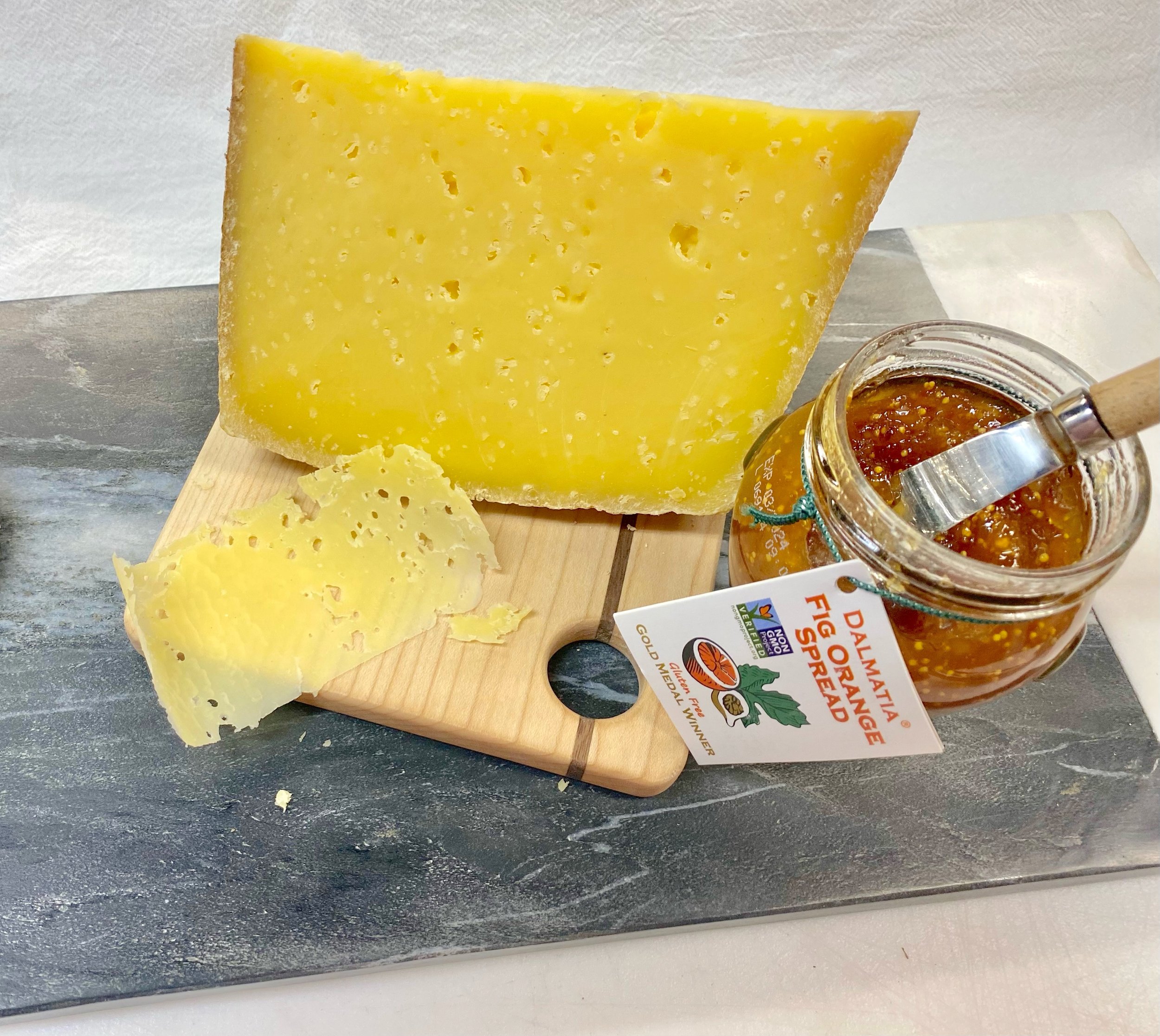Is raw milk cheese safe to eat?
Prior to the invention of pasteurization back in 1822, all cheese was produced using raw milk. Moving ahead to the year 1949, the FDA outlawed the sales of any cheese that hadn’t been aged for a minimum of 60 days at 35 degrees Fahrenheit or above. This law still remains in effect to this day … and it applies not only to cheese being produced right here in the USA, but also to cheese being imported from other countries. For example, a true Camembert is only aged for 2 weeks but can only be imported into the U.S. after the 60-day mark. (Spoiler Alert: the Camembert here is not Camembert in the traditional sense.)
While pasteurization kills pathogens like e. Coli and Listeria, it also kills other good bacteria that’s responsible for imparting depths of unique flavors and aromas that otherwise cannot be achieved in the production process. For those who have experienced a true raw milk cheese, you know what we’re talking about!
To answer the question, “Is raw milk cheese safe to eat?” …
Our opinion is absolutely YES.
Keep in mind, any cheese marketed as a raw milk cheese here in the U.S. has actually gone through an aging period of at least 60 days. More importantly, however, are the environments and processes used to make raw milk cheese. Raw milk cheese makers are fastidious about cleanliness. From the care of the animals straight through to the incredible sterilization measures taken in the cheese production process, the makers of raw milk cheese more than understand what needs to be done to keep consumers safe.
While we legally can’t offer you true raw milk products in the shop, we have a number of raw milk cheeses (by the U.S. definition) that we’d love for you to experience.

